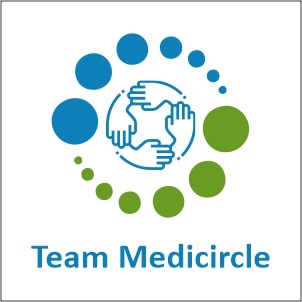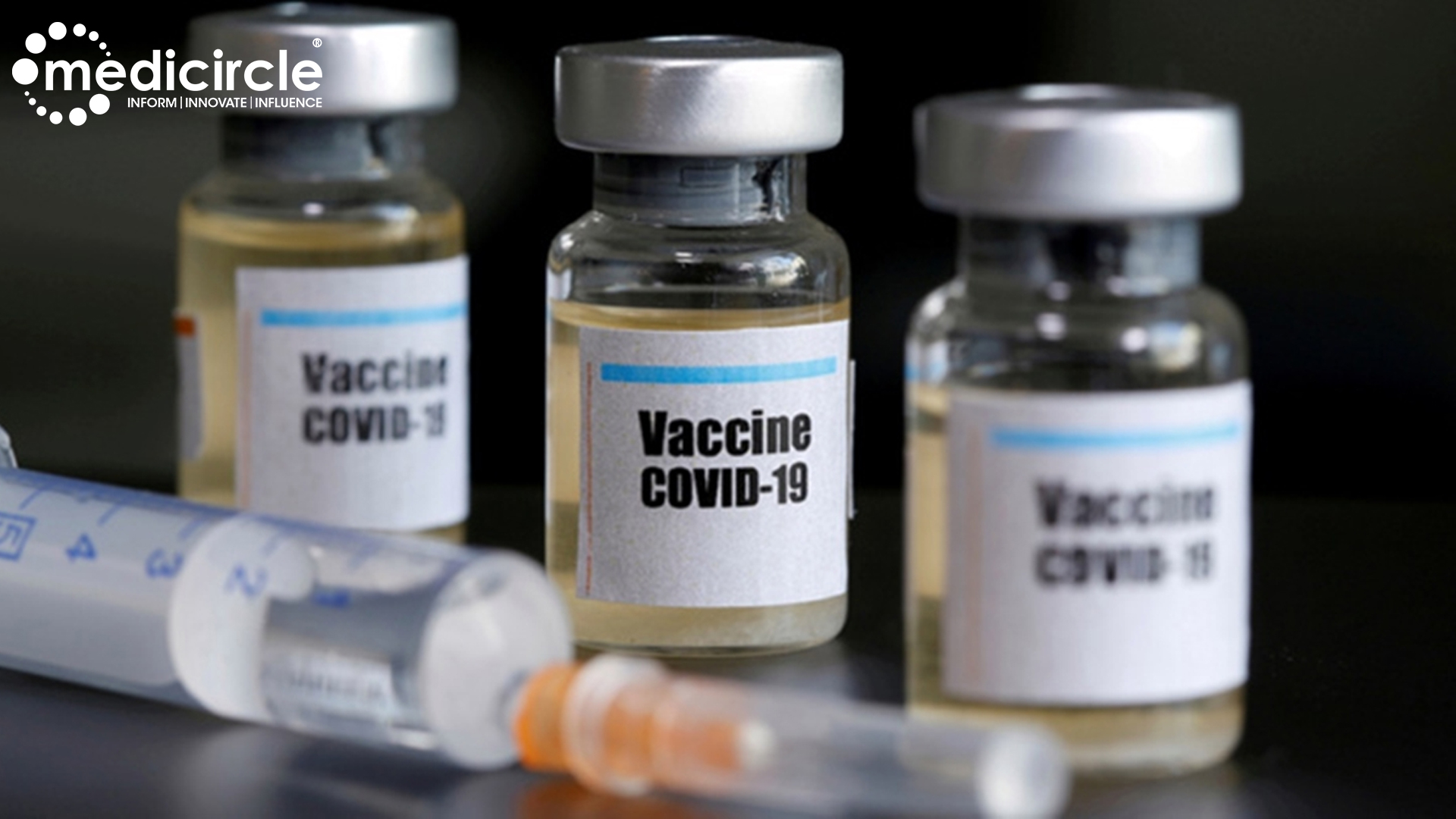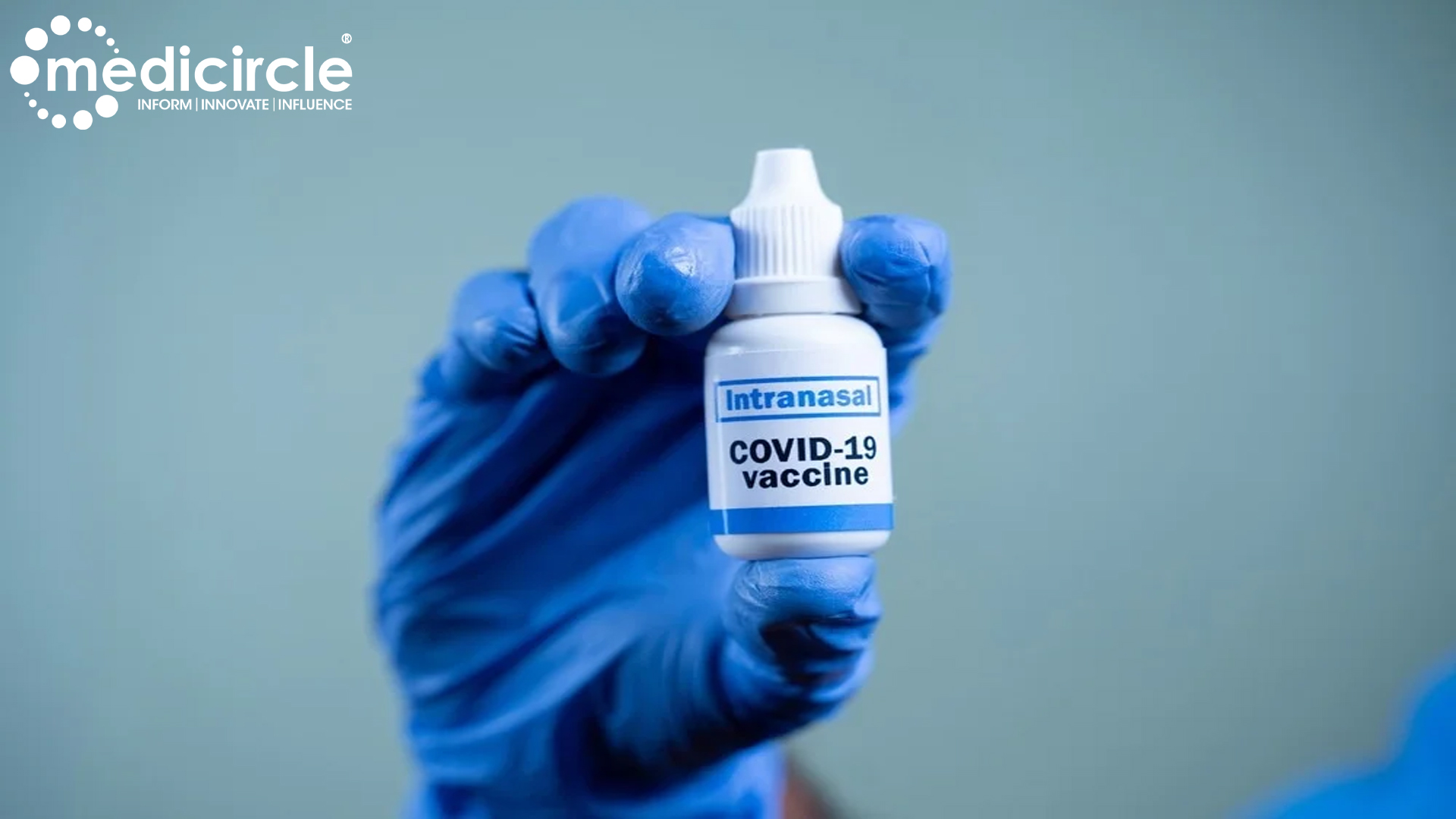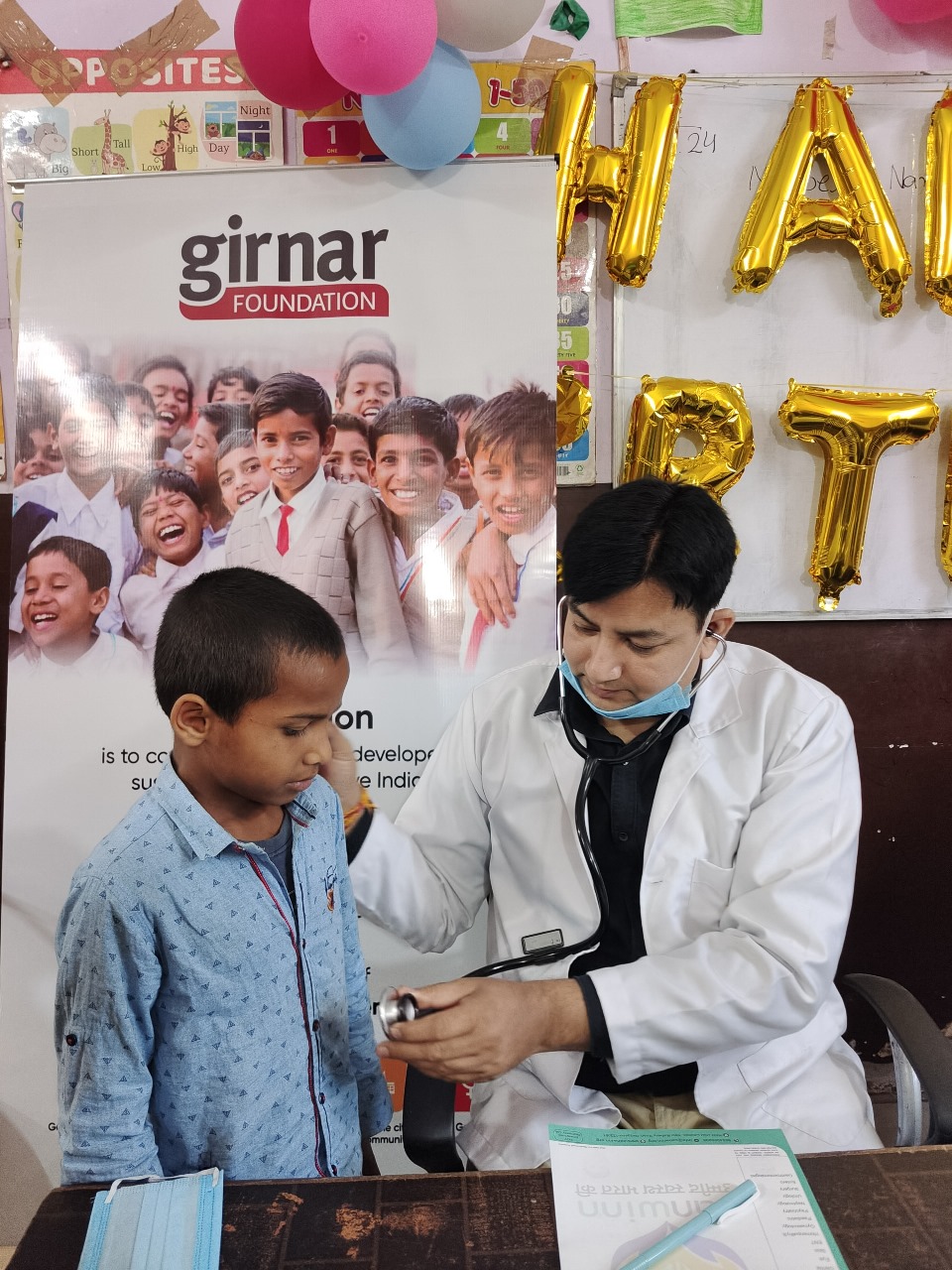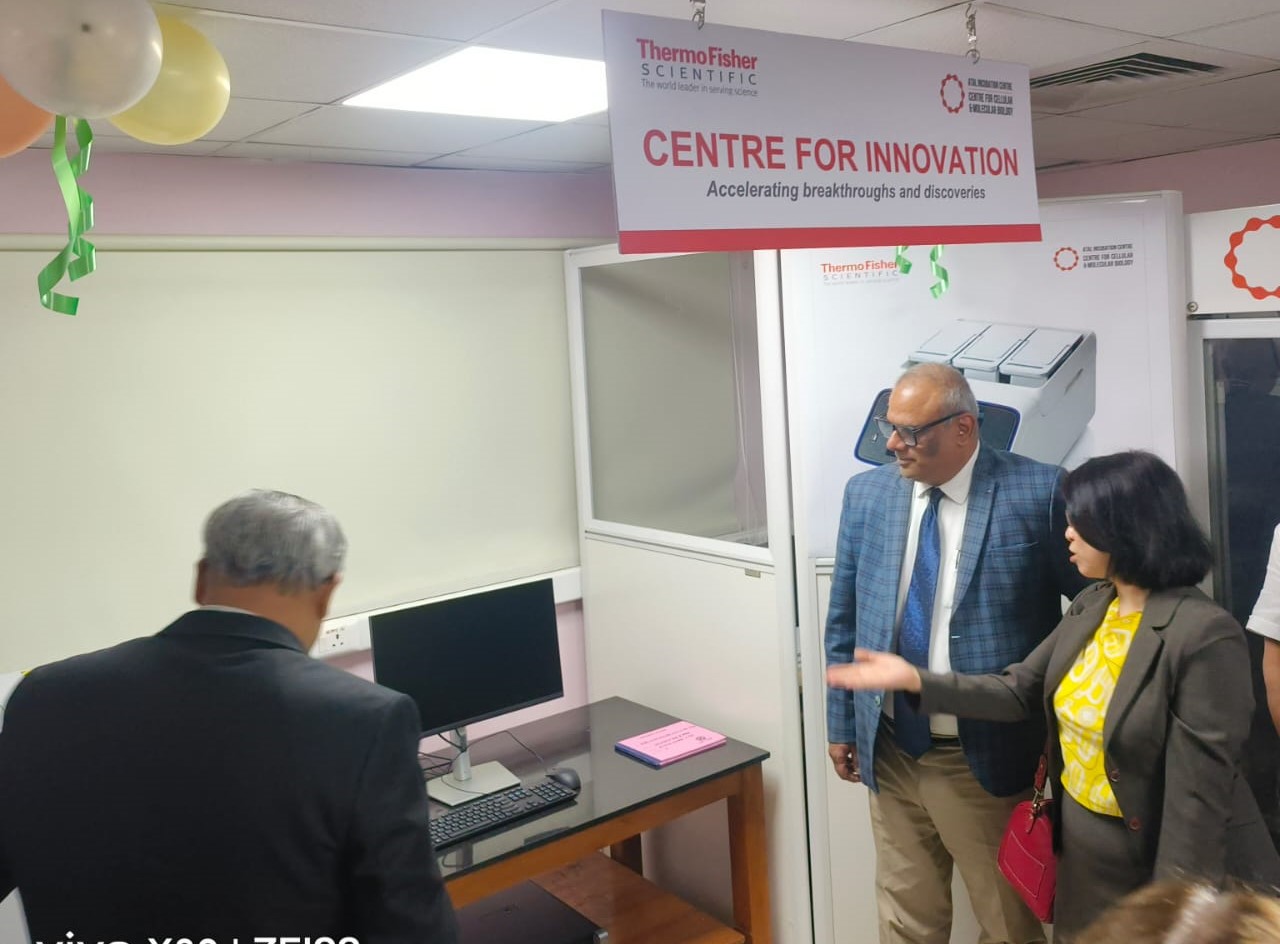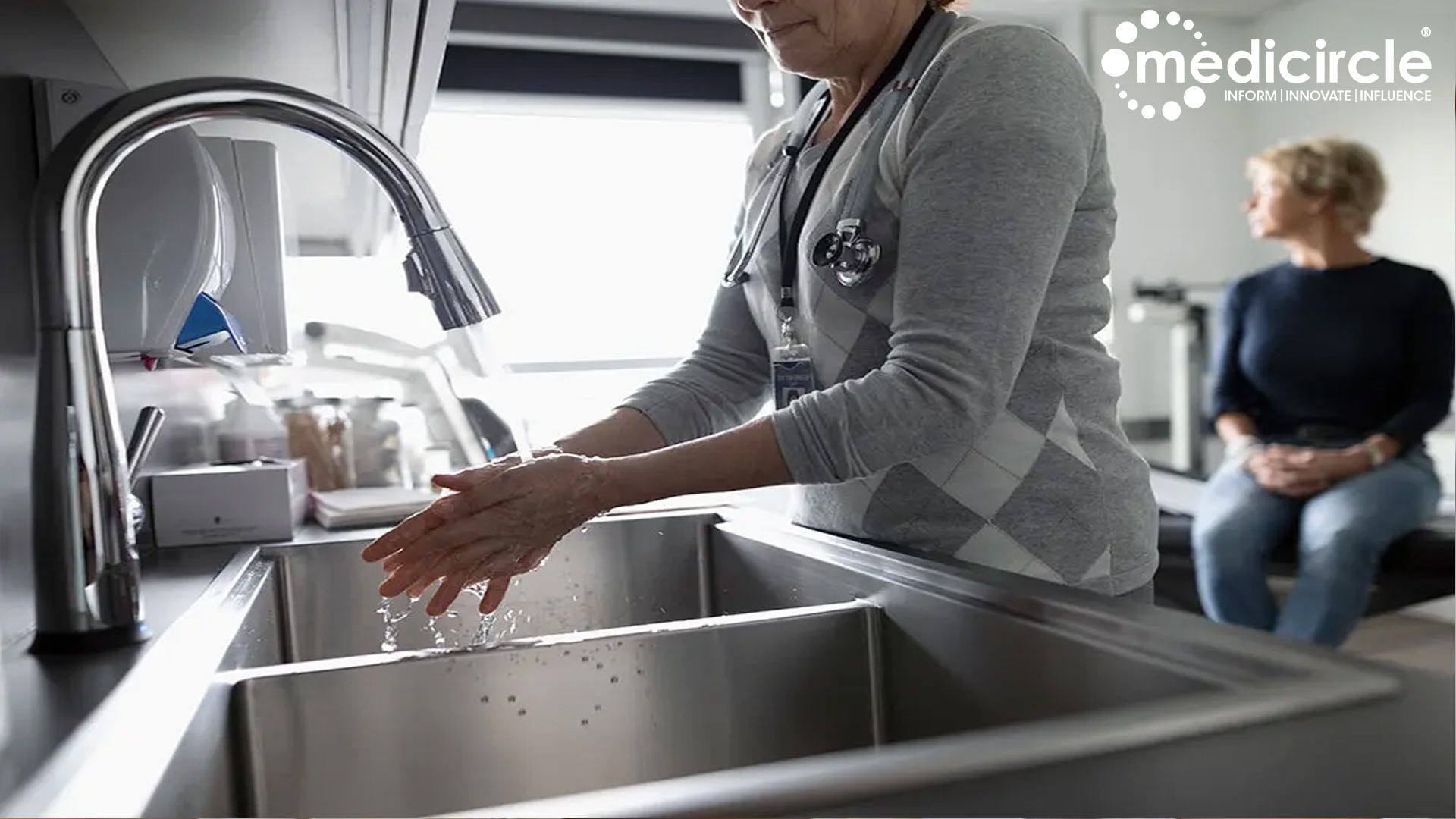Central fatness (excess fat stored around the abdomen) is associated with a higher risk of early death from any cause, regardless of overall body fat, whereas larger hips and thighs are associated with a lower risk, finds a study published by The BMJ today.
The results suggest that measuring central fatness may be a more reliable indicator of risk of death from excess weight, and could be used alongside body mass index to help determine the risk of premature death, say the researchers.
Body mass index (BMI) is a simple measure widely used to assess people’s weight. But its reliability is often criticised, as it does not distinguish fat from muscle and does not tell us where body fat is stored.
It is already well known that being overweight or obese is linked to a greater risk of heart disease, certain cancers, kidney disease, and neurological disorders.
Evidence also suggests that central fatness might be more strongly associated with risk of death than overall obesity, but previous data are inconclusive.
To explore this further, an international team of researchers set out to examine whether measures of central fatness are associated with risk of all-cause mortality in the general population.
Their findings are based on the results of 72 studies involving over 2.5 million participants who were tracked for between 3 and 24 years.
All of the studies reported risk estimates for at least three measures of central fatness. This included waist circumference, hip circumference, thigh circumference, waist-to-hip ratio, waist-to-height ratio, waist-to-thigh ratio, body adiposity index (a measure of total body mass made only of fat tissue), and A body shape index (a combined measure of body height, mass and waist circumference).
The researchers found that most measures of abdominal adiposity including waist circumference, waist-to-hip ratio, waist-to-height ratio, waist-to-thigh ratio, and A body shape index were significantly and positively associated with a higher all-cause mortality risk.
For example, each 10 cm (3.94 inch) increase in waist circumference was associated with an 11% higher risk of all-cause mortality, while every 0.1 unit increase in waist-to-hip ratio, waist-to-height ratio, and the waist-to-thigh ratio was associated with around a 20% higher risk.
In contrast, larger hip and thigh circumference were associated with a lower risk of all-cause mortality.
For example, each 10 cm (3.94 inch) increase in hip circumference was associated with a 10% lower risk of all cause mortality, while each 5 cm (1.97 inch) increase in thigh circumference was associated with an 18% lower risk.
The researchers note that these associations remained significant after accounting for body mass index, suggesting that abdominal deposition of fat, independent of overall obesity, is associated with a higher risk.
They point to some limitations, such as the possibility that some studies may have included patients with undiagnosed pre-existing disease. However, strengths include the high quality of the studies and large number of participants across different populations.
As such, the researchers say their results suggest that “measures of central adiposity could be used as a supplementary approach, in combination with body mass index, to determine the risk of premature death.”
And they say further studies are needed to assess the degree and the shape of the associations for these measures in more detail.

 But larger hips and thighs associated with lower risk
But larger hips and thighs associated with lower risk





